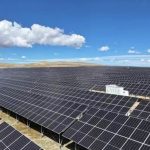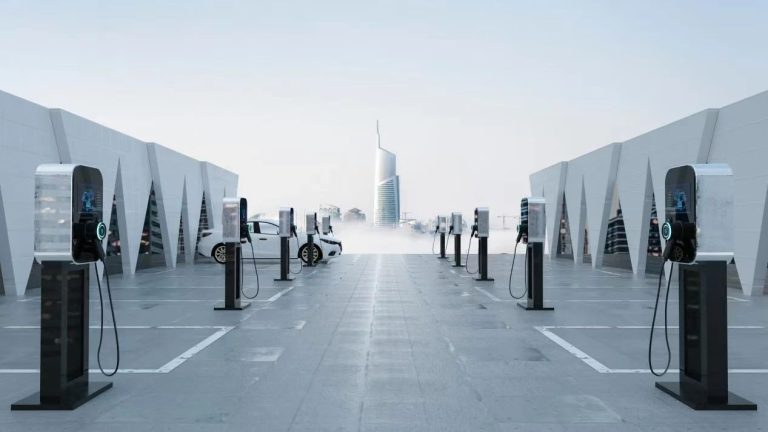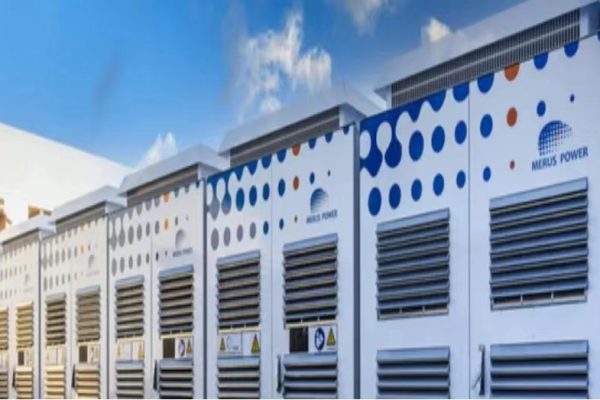How to Build a Self-Help Resource That Works for Clients and Teams
📌 Why You Need a Smart FAQ Sheet (Not Just a Manual)
If you’re in the solar + storage business — especially exporting hybrid inverters, batteries, or kits — you’ve probably dealt with this:
- Endless WhatsApp questions
- Repeat customer emails asking the same thing
- Frustrated partners during installation
- Misunderstood specs leading to false complaints
A well-written, practical FAQ sheet can reduce 80–90% of common issues, save you dozens of emails, and make you look more professional.
But most “FAQ pages” are too generic or too technical to help.
This article shows you how to create an FAQ sheet that truly works — one that supports both your clients and your internal sales/tech team.
✍️ Step 1: Identify Real Questions (Not Marketing Copy)
Most FAQ sections fail because they answer questions you wish people would ask, not what they actually ask.
Start by reviewing:
- Past support emails / chat logs
- Commissioning call transcripts
- Dealer WhatsApp groups
- Questions from first-time installers or resellers
✅ Pro Tip: Start a shared doc called “Top 30 Annoying But Real Questions”
You’ll often see themes like:
- “Why isn’t my battery charging?”
- “What does this LED mean?”
- “Can I connect this inverter without Wi-Fi?”
- “Do I need grounding for backup mode?”
🧱 Step 2: Organize FAQs by Context — Not Just Category
Don’t just dump all questions under “Inverter” or “Battery.” Instead, organize by stage of use:
✅ A. Pre-Sales
- What does “hybrid inverter” mean?
- Can this system work without grid?
- Can I add more batteries later?
- What is the warranty and what’s not covered?
✅ B. Pre-Installation
- What cable sizes do I need?
- Can this inverter be wall-mounted outdoors?
- Do I need neutral-to-ground bonding?
- Can I connect Wi-Fi before turning it on?
✅ C. During Commissioning
- Why does the inverter beep nonstop?
- App says “battery not detected” — what now?
- How to set charge/discharge times?
✅ D. After Sales / Troubleshooting
- What does “Error 07” mean?
- How to update firmware manually?
- Can I replace one battery cell?
- PV is showing 0W at noon — why?
🛠️ Step 3: Give Answers That Are Visual, Clear, and Localized
🧊 Bad Example:
Q: How do I connect PV to the hybrid inverter?
A: Use the PV input according to spec and follow standard procedure.
✅ Good Example:
Q: How do I connect PV to the hybrid inverter?
A:
- Make sure VOC of your PV string is between 150–500V.
- Wire the string to the “PV1+ / PV1–” terminal.
- Use 4mm² or 6mm² PV cable.
- Match polarity!
![Diagram: PV Input Ports with Labels]
💡 If using two strings, split across PV1 and PV2 inputs.
🌍 Add Localization Examples:
❗ In Nigeria: Inverter won’t charge batteries unless grid is available at least once — change “AC Input Check” setting.
❗ In the Philippines: Wi-Fi setup may require manual hotspot pairing if mobile data signal is weak.
You’re not writing for engineers. You’re writing for doers under time pressure.
🧰 Step 4: Link to Other Self-Help Resources
Each FAQ answer should link to something useful, like:
- PDF manuals
- Firmware downloads
- App demo video
- Wiring diagram
- YouTube install tutorial
- WhatsApp support group link (if applicable)
📎 Example:
“See this 2-minute video for exact app settings → [YouTube Link]”“Need firmware for your region? Download here → [Firmware ZIP]”
📄 Step 5: Keep the Format Simple (PDF or Web Page)
What Works:
- 4–8 page PDF with internal links (clickable TOC)
- Online Google Doc with real-time updates
- Website FAQ page grouped by topic
- Simple QR code sticker that links to the FAQ
🧠 Best: Use PDF version with images that can be shared on WhatsApp.
✂️ Step 6: Keep It Short. One Question = One Page Max.
Don’t write essays. Each answer should be:
- One screenshot, one diagram, or one photo
- Bullet points > paragraphs
- Bold or emoji markers to highlight actions or warnings
- Downloadable if possible
🔁 Step 7: Review and Update Monthly
FAQs must evolve. Revisit every month or quarter:
- What new issues came up after firmware updates?
- Are there more regional differences now (grid codes, weather)?
- Are you getting “silly” questions that reveal unclear wording?
Involve both tech support and sales team in the review.
You’ll spot blind spots faster.
💼 Bonus: Use Your FAQ as a Sales Tool
Smart clients appreciate a business that prevents confusion.
You can:
- Attach FAQ sheet to every proposal or quote
- Show it during distributor onboarding
- Use it to train new partners
- Reduce warranty claims by linking it to “do not do this” items
🧠 Example:
“Do not use this inverter with lead-acid batteries unless you adjust charging voltage — see FAQ Q12.”
✅ Sample FAQ Sheet Outline (Table of Contents)
- What is a hybrid inverter?
- Can this system run off-grid?
- What types of batteries are compatible?
- Do I need grounding?
- How to connect PV properly?
- How to do first-time Wi-Fi setup?
- What to check if battery is not charging?
- What do the LED lights mean?
- Error codes and meanings
- How to update firmware
- Maintenance tips (cleaning, firmware, battery checks)
- Warranty process
A Great FAQ Is a Great Brand Asset
You’re not just answering questions.
You’re saving your time, reducing installation errors, and improving professional trust with clients and resellers.
A solid FAQ sheet:
- Works as a silent team member
- Reduces post-sale frustration
- Increases client satisfaction
- Speeds up commissioning and support
So don’t treat your FAQ like an afterthought. Build it smart — and watch it save you 100 emails (and a few gray hairs).









